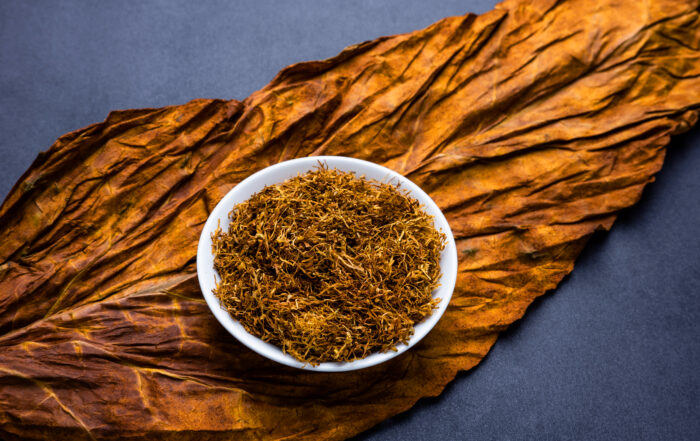
The Compounding Conundrum: How Insufficient Delineation of Regulatory Responsibility Has Created a Need for State and Federal Compounding Drug Law Reform
Stacy L. Worthy, Shruti R. Kulkarni, Daniel C. McClughen
INTRODUCTION
In June 2017, the former co-owner, president, and head pharmacist of the New England Compounding Center (NECC), a small Massachusetts compounding pharmacy, received a nine-year prison sentence for racketeering, fraud, and conspiracy in connection with a 2012 fungal meningitis outbreak. The outbreak began in Boston, Massachusetts, and spread across 20 other states, killing 64 individuals and causing nearly 700 more to fall ill. NECC allegedly caused the outbreak by using expired ingredients, failing to follow safety protocols when it compounded steroid injection products, and ignoring indications of mold in the rooms where medications were made. In the criminal trial against NECC, a microbiologist for the U.S. Food and Drug Administration (FDA) testified that he had never seen compounded drugs as contaminated as the samples he obtained for analysis from NECC. The supposedly sterile drugs contained mold, yeast, human hair, and bugs.
Food and Drug Law Journal
Volume 72, Number 3






